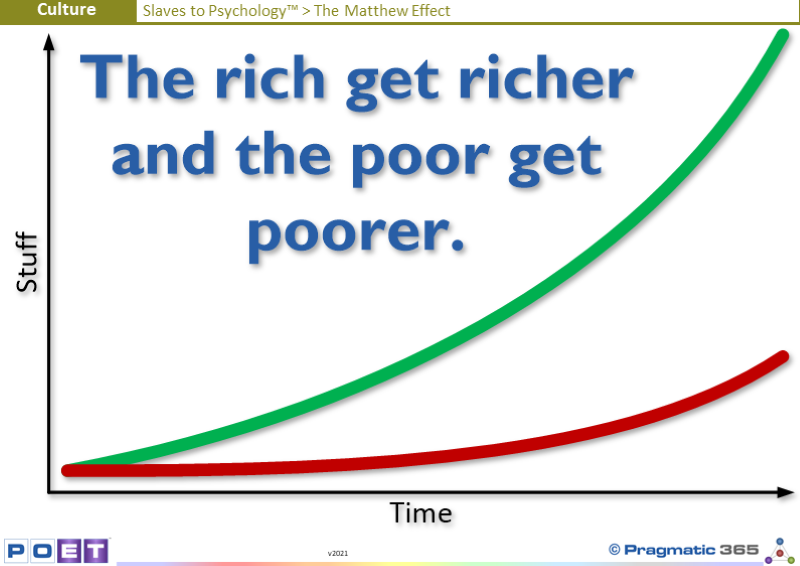
The Matthew Effect (principle, law) is social phenomenon
whereby those who have, get more and those who have not get less. It appears to
be a universal truth which applies to almost anything, and while the output of
its effects are clear, its cause can be less so. Whenever inequality happens,
one school of thought says that it is because one group is oppressing the other
group. This group tends to view everything through the simplistic prison of
oppressors and the oppressed. To them, the reasons for something happening is
always because some one or group has decided to oppress and exploit another
group. While this thinking is virtuous, it has a fundamental obvious flaw in
that sometimes the reasons things happen is not because one person or group is
oppressing another, but because of natural laws of nature.
...to read more, please Login or Register